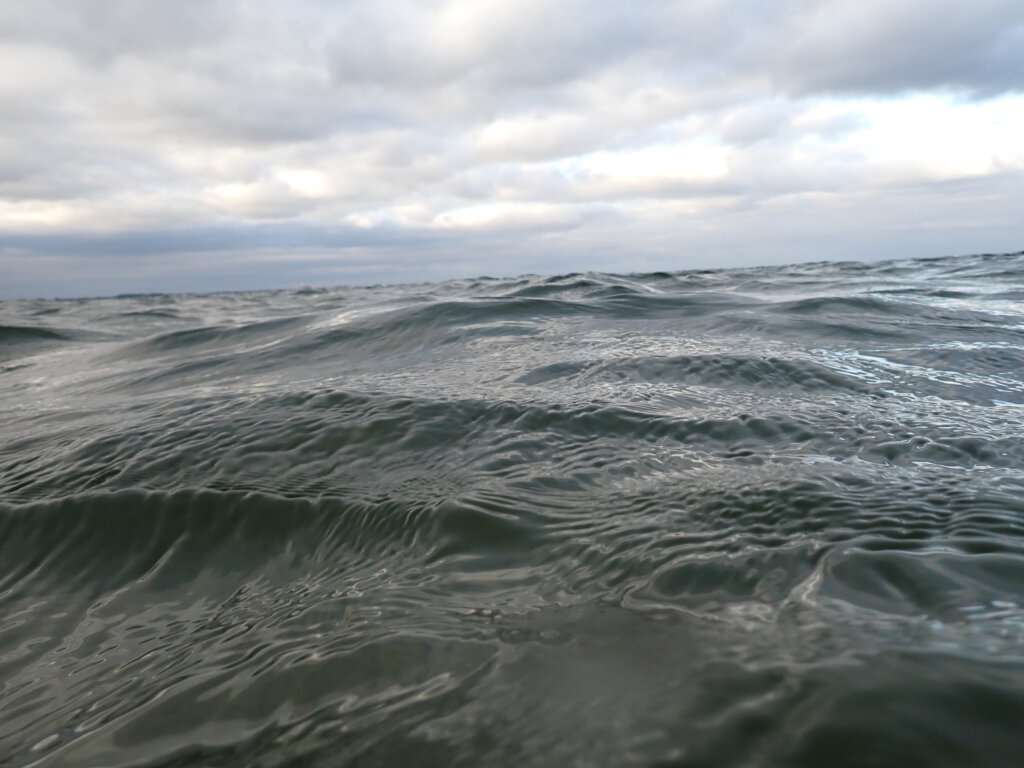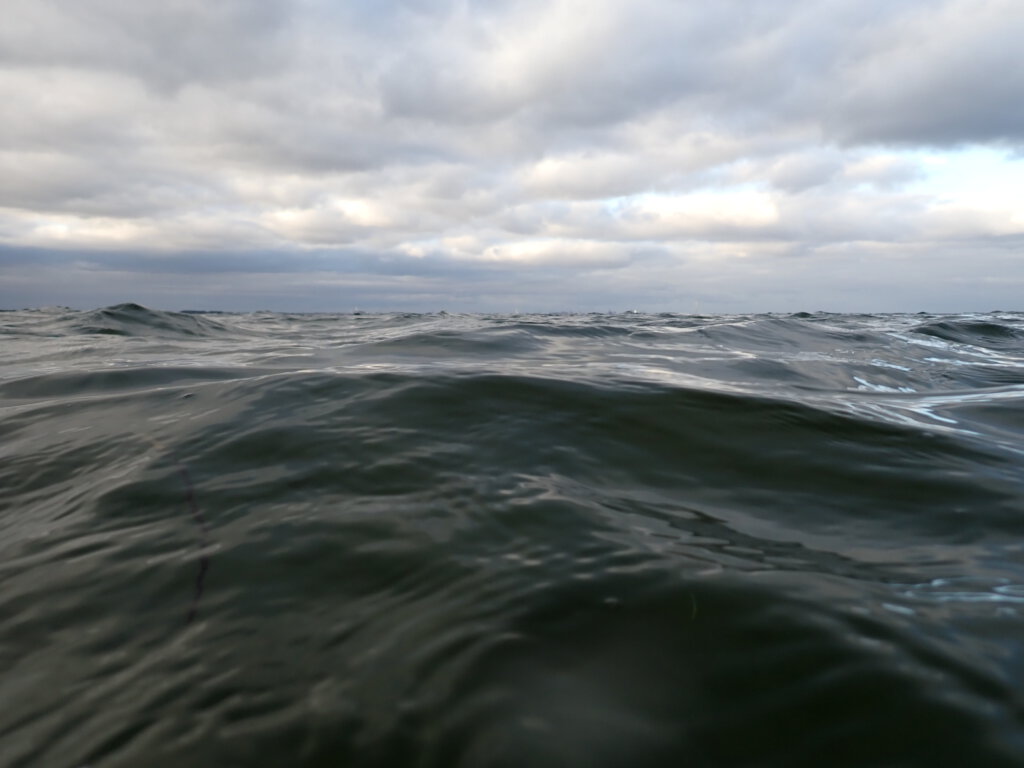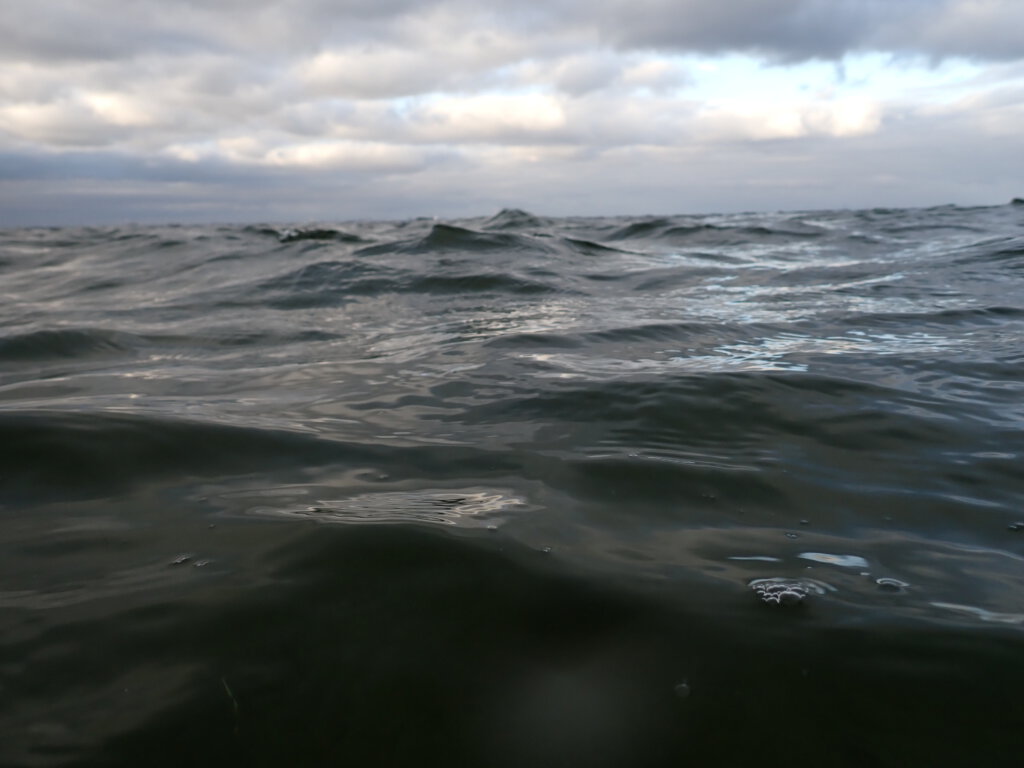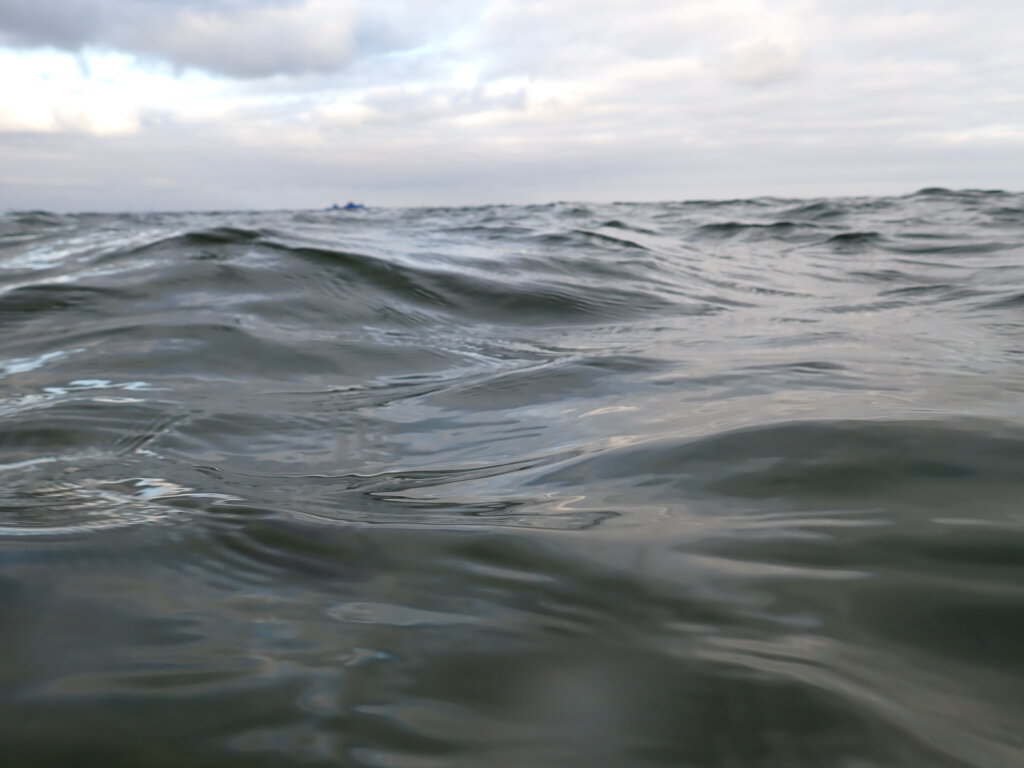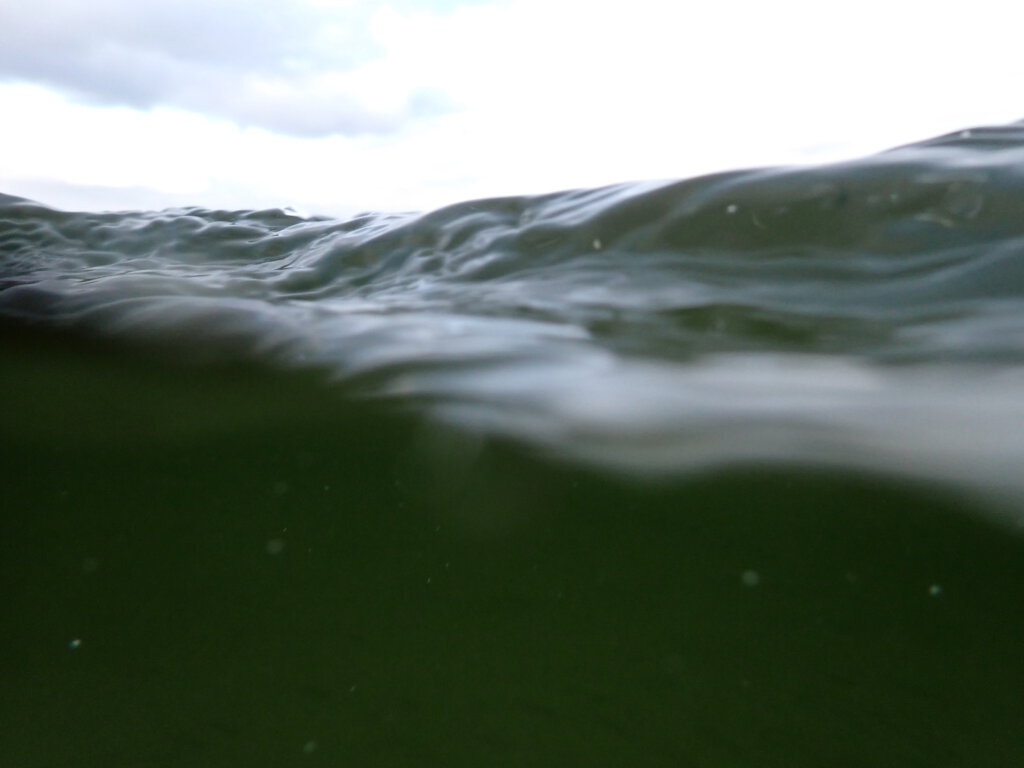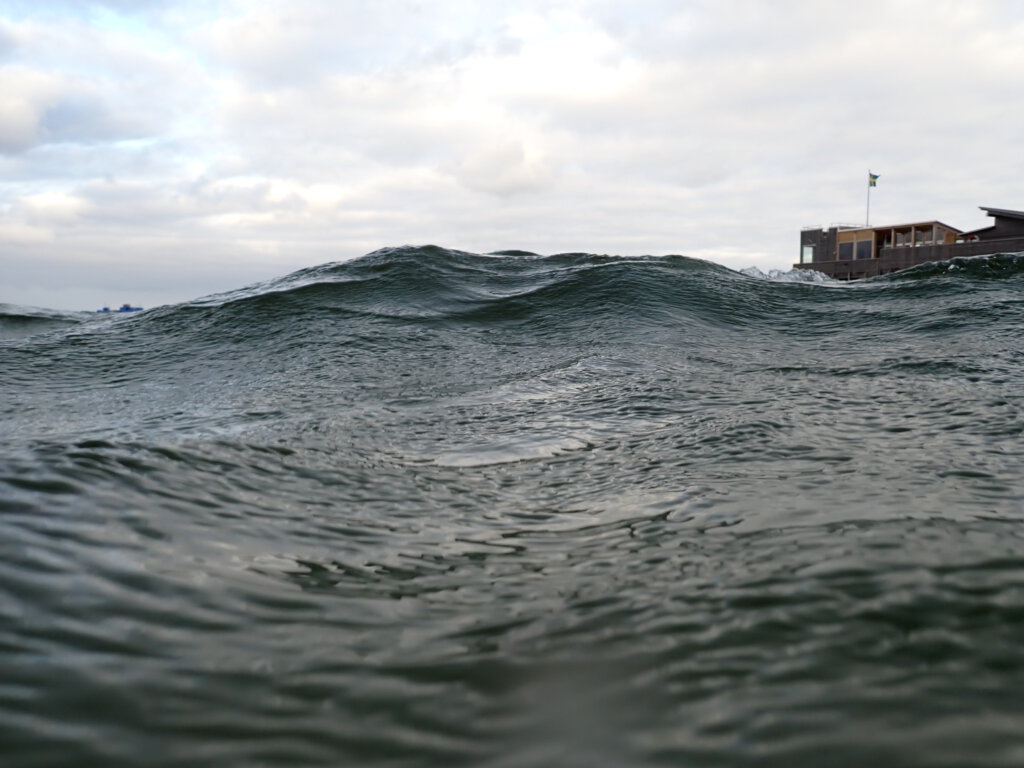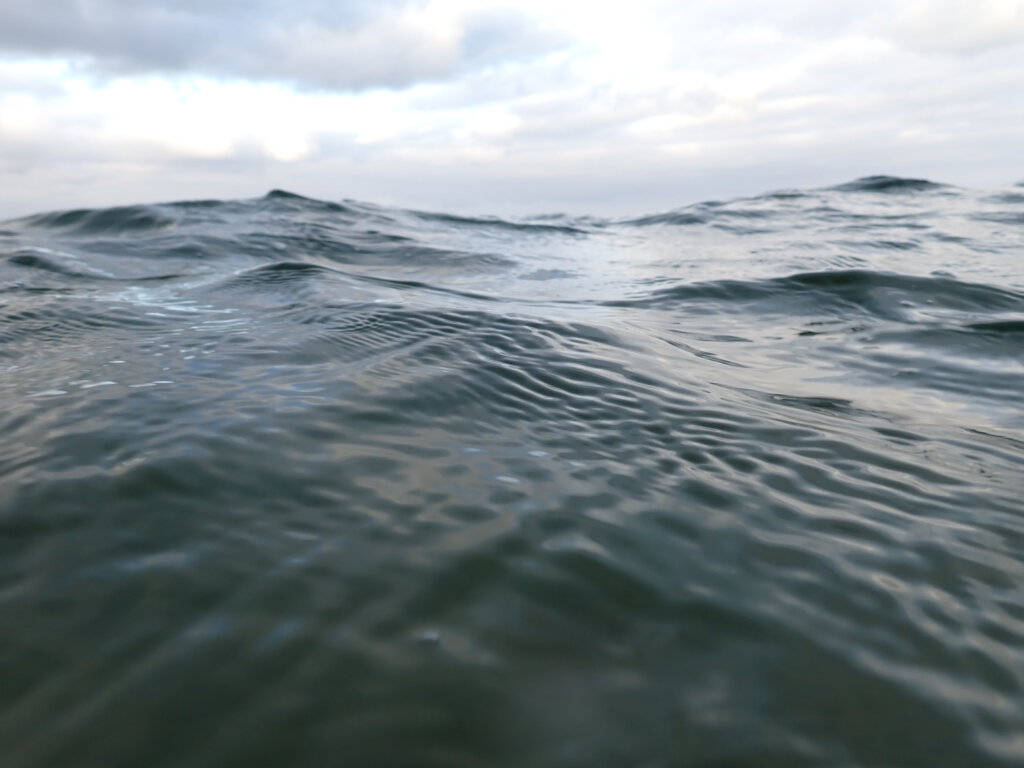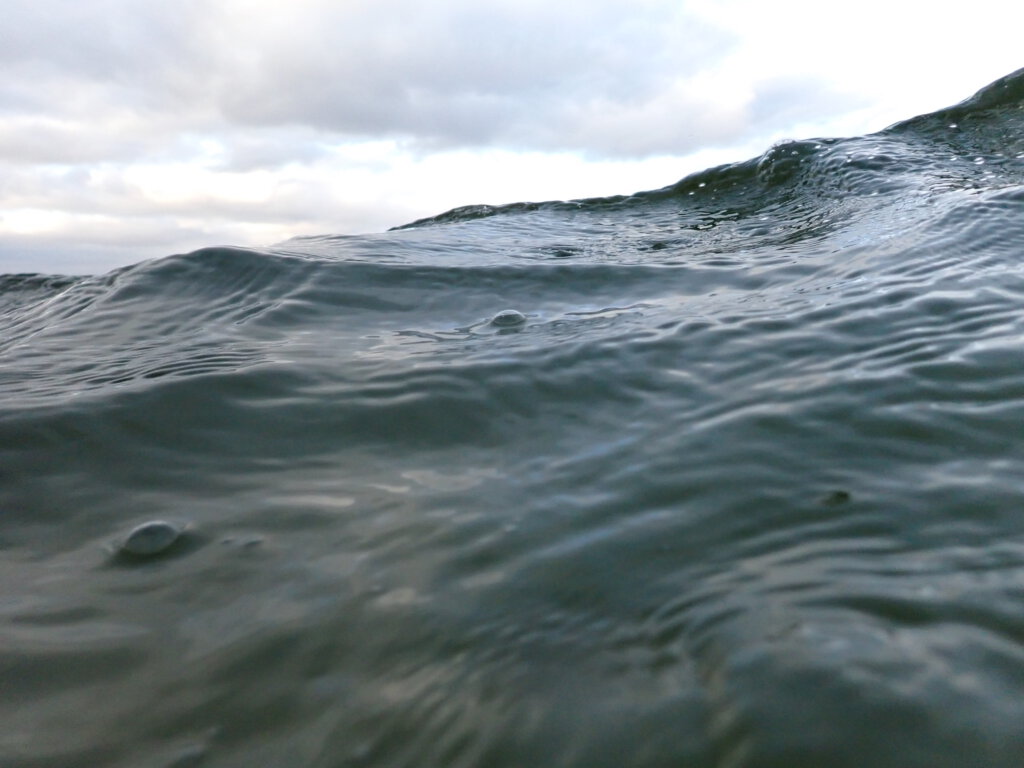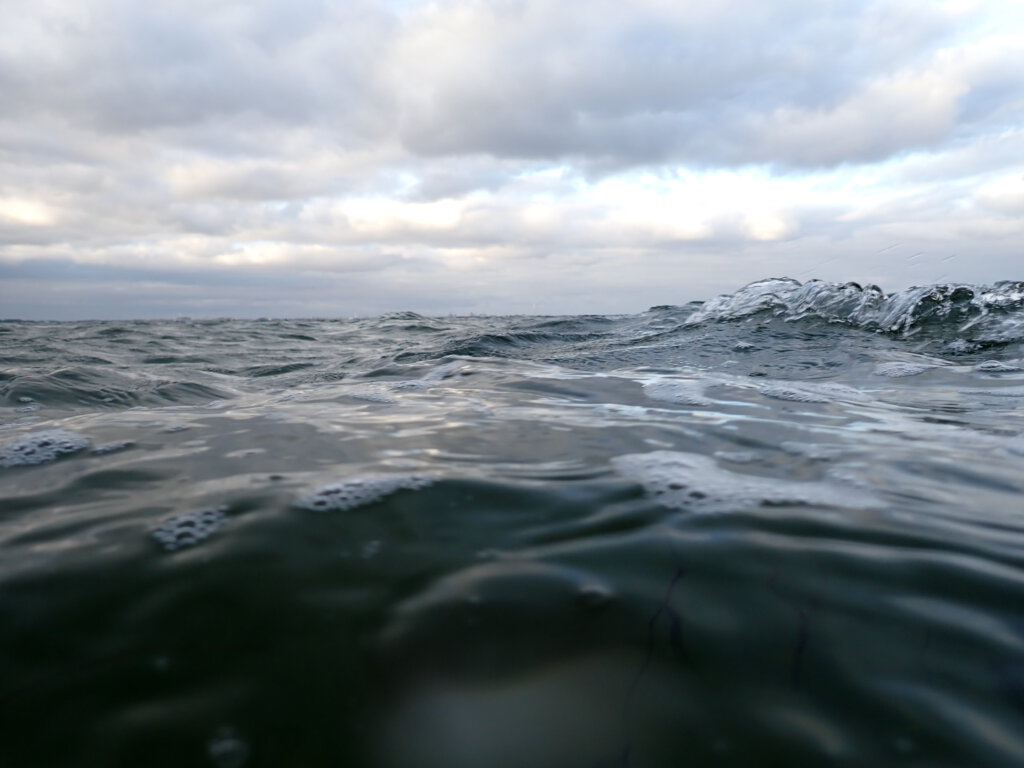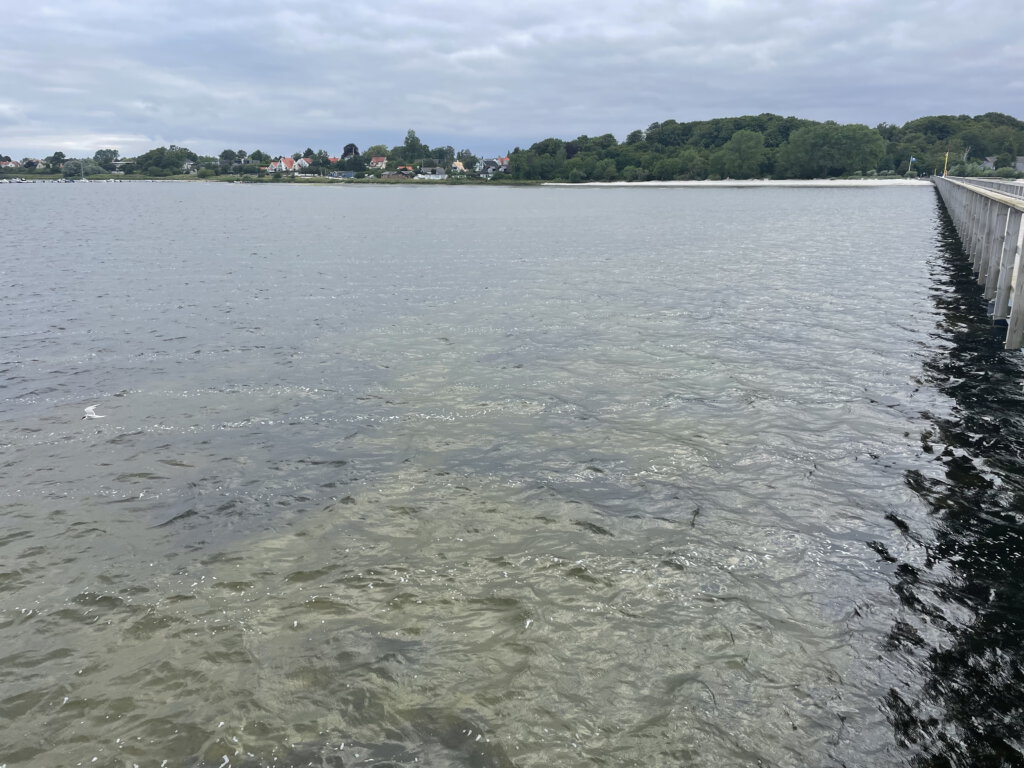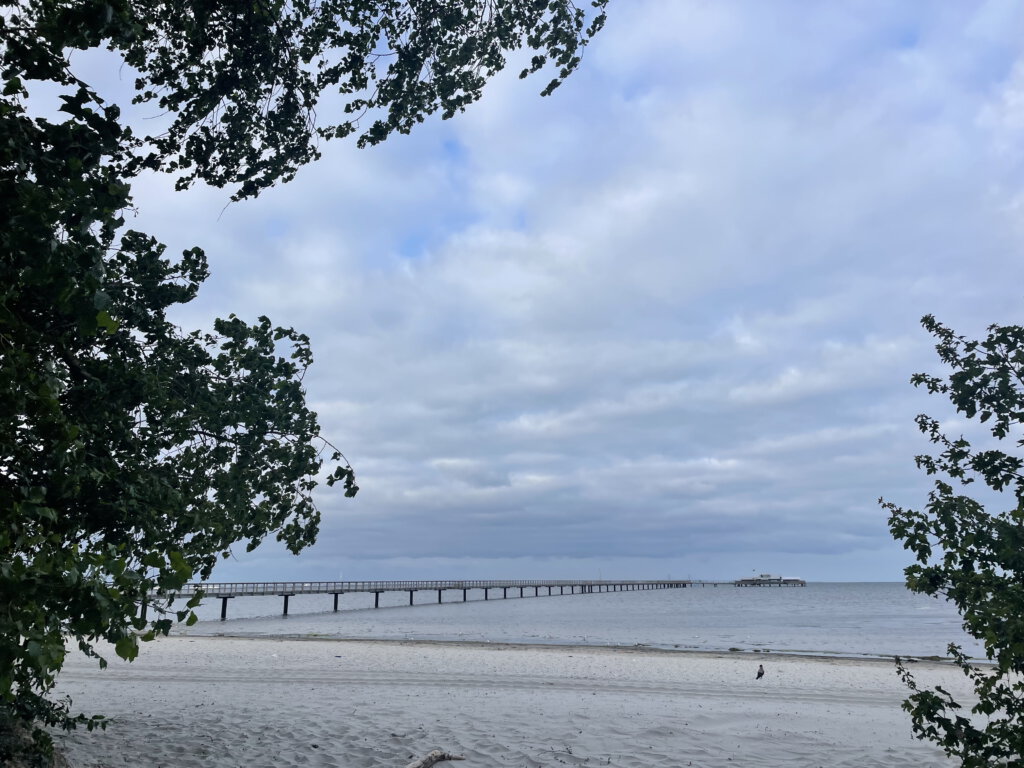
Finally reading THE SoTL book
I have been planning to read “SoTL in action: Illuminating critical moments of practice” edited by Chick (2023) for literally weeks, and then when I finally managed to put my hands on it in one of the university libraries (summer opening hours here are a joke!) I had already invested so much energy into this book that I really procrastinated on reading it. But here we go with my notes! Remember, I am reading to inform a specific project, this is NOT a comprehensive summary!
But, I am happy to report, that this book is really super useful.
First off, Poole (2023) describes how SoTL projects are born: By starting to become curious about what it is we believe about teaching and learning. We, as teachers, of course have lots of different intuitions, anecdotes and observations about what is going on in our teaching, and they form our beliefs about teaching. But if we stop and make our beliefs explicit, we can turn them into curiosities about whether the beliefs are actually true, if we can find evidence for or against them. From that, we can then develop questions (Is that observation representative for more situations than just the one where we made it? Is our intuition related to what students say about the situation? Does what someone describes from their teaching also happen in mine?) and start a SoTL project.
Ciccone (2023) then offers five conditions for good SoTL project questions:
- The question comes out of a troubling, surprising or perplexing situation
- The response should have the potential to have impact on future teaching and learning
- We should get new and different information, or at least look at old information from a new perspective
- Working on the question should raise more questions than it answers
- The question should be bigger than just the situation it arose from, should have the potential to contribute to bigger insights about student learning
In the next chapter, MacMillan (2023) explores the SoTL literature review as both a process and a product. As a process, it is pretty difficult because SoTL work is published in all kinds of formats and outlets and does not use terms consistently (for example, in our own work, Kjersti and I talk about “across-course collaborations” for a lack of a better term and we thought we were pretty novel with the idea, and I only super recently found this whole body of literature from nursing education where they call the same concept “near-peer learning”. That would have been helpful to know like 5 years ago, both for literature review but also to make our work findable for others…). Also, a lot of SoTL work is published in languages other than English and that makes it harder to gain an overview. Also, MacMillan mentions that most reviewer feedback is about improving the literature review, when at the same time “[t]he challenge lies in finding a place for our own work in a field of study we don’t yet completely understand“. And, as a product, a literature shows that we have enough of an understanding to actually situate our work and build on work that has happened before (except for when we don’t and none of our critical friends or reviewers was aware of that, like in my example above…).
Berenson (2023) is all about articulating the assumptions that we bring into SoTL enquiries — based on other disciplinary backgrounds, the SoTL traditions we grow up in, or wherever they might come from. It is about clarifying for ourselves and others whether we are striving for an objective point of view or are acknowledging multiple perspectives, value-free of value-bound researchers, etc.. This is a really useful chapter to read when thinking about researcher positionality! And I am wondering how much of this we should actually bring into our courses where a SoTL project is always a big part of what people do.
For actually planning the SoTL project, Mueller (2023) describes how the topic, question, and significance of a SoTL enquiry need to be aligned, and recommends to brainstorm 10-20 questions related to their topic as a starting point, and from that to identify the most important themes in order to isolate the most important question. Then, we need to ask ourselves (1) what kind of data would we need, and (2) what methods or instruments do we need to collect it?
Martin (2023) writes about “respect, justice, and doing good — the ethics review“. Now, it is important to note that ethics reviews work very differently in different contexts. But Martin’s points are important to consider nevertheless. About typical claims like “There are no risks in this research” they write that “such claims are simply untrue“, because we are working with humans. Martin describes some of the potential risks: Coercion (because we often do SoTL on our students or colleagues, so refusing to participate might at the very least influence the relationship, but in the worst case lead to serious problems), and the nature of data (not just if we ask about private information, but also because participants might volunteer information that we did not anticipate they would want to share). So even if it is not required by our insitutions or the journal we want to publish in (or we don’t want to publish anything anyway), it is really important to consider the implications of being a part of the SoTL project for participants.
The second part of the book then offers excellent advice on methods and methodologies: surveys, classroom observations, interviews, close readings of student artifacts, student think-alouds. All these chapters are really useful for when we are considering those methods, but I am not summarizing them here right now.
And the third part is then about making an impact — through writing SoTL, reading SoTL, developing SoTL locally, or presenting at SoTL conferences — but again, no notes on this right now. Go read it yourself :)
Chick, N. L. (Ed.). (2023). SoTL in action: Illuminating critical moments of practice. Taylor & Francis.
But: Some pictures from this morning swim! Warmest swim of the year so far — 23 degree C! Which felt really warm coming from colder air and quite a bit of wind into the water. Below you see all the capillary wave ripples from a gust of wind (and also I couldn’t be bothered to adjust the horizon — I like that some days it is impossible to swim and hold the camera level!)
The waves do look bigger here than they were, but I am always happy when I manage to focus on one a bit further away, putting the foreground out of focus. Waves move so fast and my camera is quite old and slow, so it is not easy to know what you will capture!
I like how the few blue spots in the sky manage to create all these blue highlights on the right side of the picture. If I was to paint it like this, it would look fake. Yet, here it is…
And every second everything looks differently yet again!
Clearly below I captured a moment with a little less wind.
And here I dipped the camera because the wave was bigger than I expected…
But it looks so awesome when they rise up far above the horizon (at least as seen from a camera right at the water surface in a wave trough…)
Little breaking wave in the background!
And the sauna. I think this is a really cool picture, if I say so myself. Makes everything look dramatic!
And a little gust of wind and the camera just this little bit further down, and you cannot see any more that the sauna is sitting on pillars…
Here I like the capillary wave groups and how they are interfering!
And with this one I was so focussed on keeping the camera low despite floating in the waves myself, that the crest you see building up on the right hit me in the face about half a second after I took this picture…
Love these glassy crests in spilling breakers!
In the shallow water towards the beach, you could spot the nice foam stripes of Langmuir circulation. Possibly also where I went dipping, but I was too focussed on being in the water to pay attention then…
I, again, sat on the beach for a bit and listened to some podcasts. I really love incorporating that 30 minutes or hour or whatever it may be to get some fresh inputs and perspectives. A lot of what I read these days comes from things I first heard about on podcasts… (So much for the online community around SoTL! It is working for me, even though I miss Twitter!)
And last picture for today…
